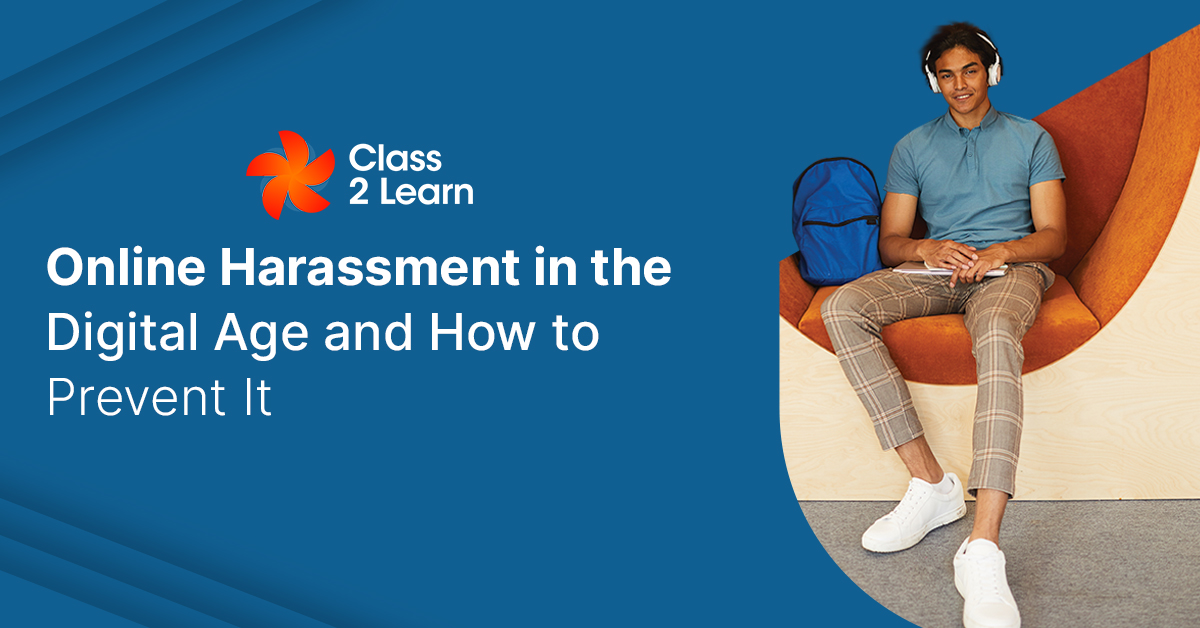Bullying that happens through the utilization of digital technologies such as smartphones, desktops, and tablets is known as cyberbullying. Cyberbullying may occur through SMS, text, and app messages, as well as online on social networks, forums, and video games where individuals can watch, participate, or leave comments. Cyberbullying, like face-to-face bullying, can present itself in a range of actions.
As per multiple recent studies, an alarming 40 percent of school bullying remains unreported. We must act to correct the issue, whether it is due to a lack of awareness of the issue, the normalization of rituals in our culture, or just an unwillingness to perceive it.
Cyber hostility:
Because of the capacity to connect with nearly anybody at any moment, a new kind of bullying termed cyberbullying has emerged. This may happen in a diverse range of ways, all of which are not malevolent, but each of them exploits existing technologies in some manner.
Cyberbullying can be committed in a variety of ways, including:
Message sent via text:
Every day, the average American adolescent sends and receives hundreds of text messages. Recently, a small number of smartphones gained the ability to block a specific number. Even after graduating from high school, if the bully has your contact information, the harasser may continue to disturb you with lewd messages. This intrusion into what might be your safe space and time magnifies the emotional impact of bullying.
On fire:
Posting insulting remarks on somebody’s web or social media webpage, or through messaging apps, email messages, and chat rooms, are said to be on fire. This usually occurs during online clashes, and chatting is usually characterized by rage and foul language.
Harassment. Harassment is defined as the continuous transmission of hostile, abusive, or threatening letters to people or organizations via the internet. This can happen to the victim either officially or unofficially.
Catfish fishing:
Catfishing is when someone impersonates someone who is not you and impersonates someone else online, including the identity of the victim.
Denigration:
It is the action of criticizing a person using online posts or gossiping online.
Isolation:
Developing a team or occasion to remove someone not tagging or welcoming anybody in the photo, as well as removing one from online chats, is an example of isolation.
Call for Action:
Since the consequences of online harassment can be very severe (for both bullies and victims), teachers, parents, and even other students must work collaboratively to help stop cyberbullying and initiate a call for an action plan.
Separate strategies for Teachers, Parents, and Students have been devised and are as follows:
Teachers:
- Inform students that they may report any online abuse that has occurred.
- Participate in cyberbullying prevention training to better understand cyberbullying and learn strategies for fighting against cyber bullying.
- Providing information to students on online harassment and the various preventive measures they should take to protect themselves from online harassment.
- Educate students about cyberbullying and the various precautions they should take to avoid online harassment and cyberbullying.
- Create a tolerant environment with mutual respect in the classroom.
- Children should be taught how to responsibly use technological devices.
- Teach students how to integrate the internet and social media into their lesson plans and respect others online.
- Inform family members about victimization and the steps they should take to protect their children from online abuse.
- Implement cyberbullying counter-measure policies in the classroom.
Parents:
- Monitor your child’s online activity.
- If you find your child abusing someone online, take them away with you.
- Educate your children about technology usage and how to use technology responsibly and effectively.
- Find out who is talking and making friends online.
- Learn how to use the technology that kids use to gain an online world outlook.
Students:
- Think carefully before posting and avoid postings that could adversely affect your reputation.
- Learn what cyberbullying is and the behaviors related to cyberbullying.
- Avoid posting inappropriate photos online as it may encourage cyberbullying.
- Refrain from opening any message from an anonymous source. You can also refrain from trying to open notifications from known bullies.
Conclusion:
Ultimately, every state has a law that requires schools to deal with bullying. As cyberbullying becomes more prevalent due to the use of technology, many states have included cyberbullying in their laws and mentioned cyberbullying crimes. Schools may take action, as required by law, or by local or school policies, and may take disciplinary action or other action. In some states, there are also regulations to combat bullying if it affects school performance. Even when you’re trying to deal with cyberbullying, you’ll be intimately acquainted with every state’s laws and policies.





Add comment